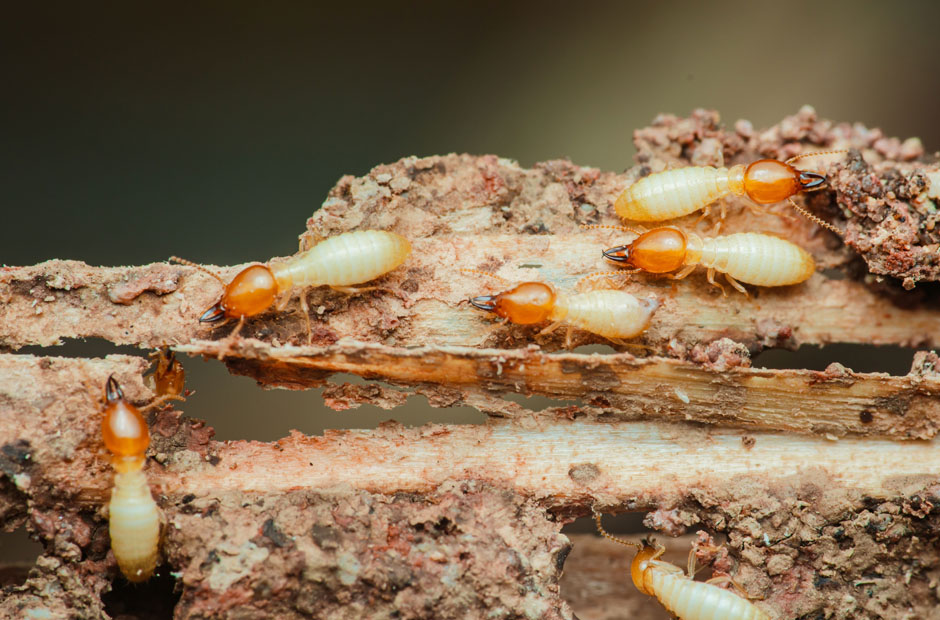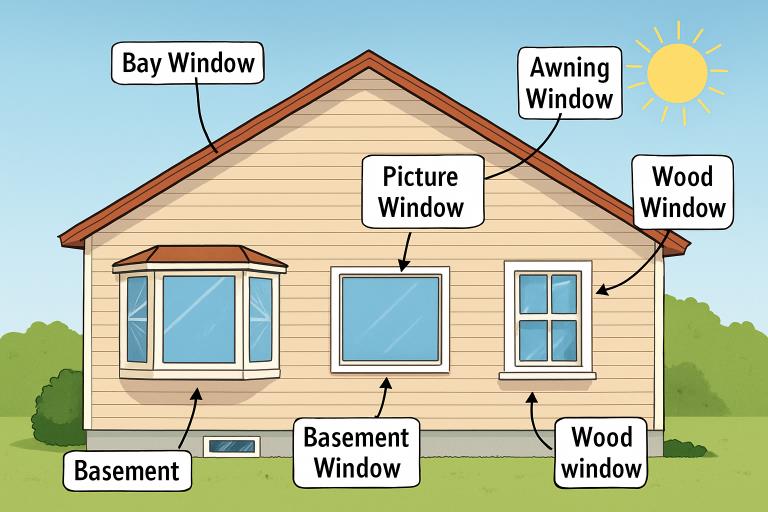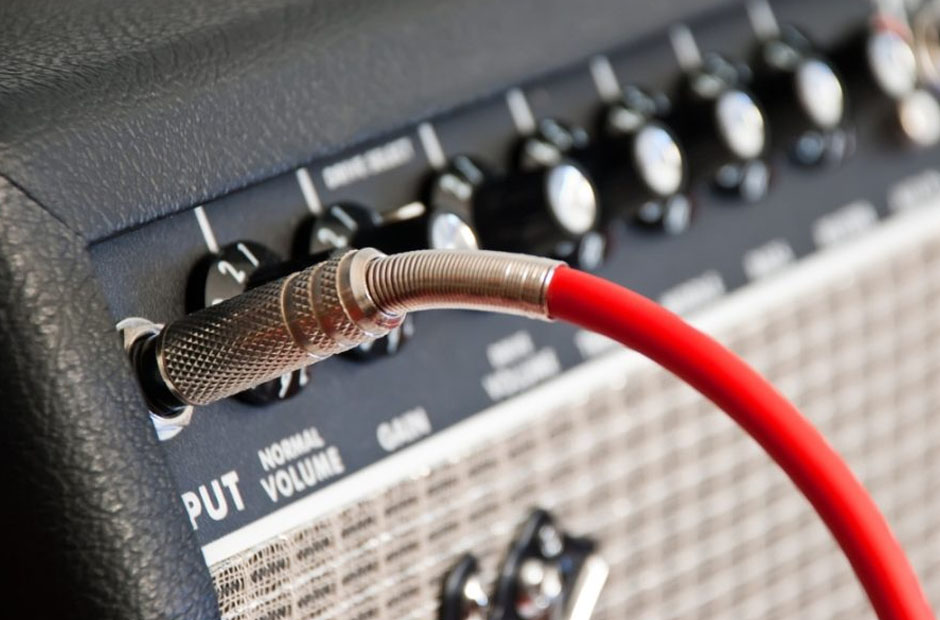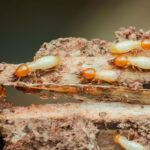Now Reading: Protecting Your Home from Silent Invaders: Smart Tips to Detect and Prevent Termite Damage
-
01
Protecting Your Home from Silent Invaders: Smart Tips to Detect and Prevent Termite Damage
Protecting Your Home from Silent Invaders: Smart Tips to Detect and Prevent Termite Damage

Termites can undermine the safety and value of your property long before you ever spot the warning signs. These “silent destroyers” have earned their nickname by causing widespread structural issues that often go unnoticed until significant repairs are needed. Learning how to spot termite activity and minimize your risks is essential for any homeowner, especially if you want lasting peace of mind. For homeowners seeking comprehensive solutions, local termite control services can offer both immediate relief and long-term protection. Safeguarding your home begins with understanding that termites invade quietly but cause significant damage rapidly. Acting proactively to identify their presence, using proven prevention techniques, and knowing when to call experts can dramatically lower your risk. The earlier you detect these pests, the more effective and affordable your response will be. Equally important is ongoing education about new prevention trends to maintain strong defenses year after year.
In climates where termite activity is seasonal or spikes after certain weather events, knowing the patterns of these insects is invaluable. Early spring and summer often bring termite swarms, and recognizing these critical times can help you act before major colonies take hold. If you want to dive deeper into seasonal risks, read this guide on termite swarm season and learn how to protect your home throughout the year. Staying informed about local termite behavior ensures that your prevention strategies remain effective. Regular inspections can also uncover early signs of activity before damage spreads. By combining awareness, prevention, and professional support, you can safeguard your home from costly infestations year-round.
Understanding Termite Behavior
Termites are highly organized, social insects that form large colonies and thrive on cellulose, a substance primarily found in wood, paper, and certain types of insulation. Their relentless feeding and discreet tunneling make them especially challenging to control. Termite queens can lay thousands of eggs per year, and colonies often work nonstop, digging intricate paths through foundations and walls. Because they typically operate in hidden spaces—under floors, within walls, and below ground—visual clues can be subtle and easily overlooked.
There are several species of termites, but the most troublesome for homeowners are subterranean and drywood termites. Each type has unique behaviors regarding habitat, moisture needs, and the entry points they choose, but all can pose a significant threat to your investment. Understanding their preferred conditions is the starting point for effective prevention and detection.
Common Signs of Infestation
Early detection remains your best defense against significant termite damage. Look for these common indicators:
- Hollow-sounding wood:Wood that resonates with a dull sound when tapped may be internally damaged.
- Discarded wings:Swarmers shed their wings near access points, such as windowsills and doors, after mating and forming new colonies.
- Mud tubes:Termites construct pencil-thick tubes on exterior and interior walls to travel between food sources and soil, keeping themselves moist in the process.
- Distorted paint or wallpaper:Bubbling or peeling paint and wallpaper can indicate moisture and tunneling beneath the surface, often caused by termites.
- Frass:Drywood termites push a fine, sawdust-like substance out of infested wood. Accumulations beneath woodwork can confirm an infestation.
Routine home inspections and prompt attention to these signals can help you avoid costly and inconvenient structural repairs.
Effective Prevention Strategies
Preventing termites is far easier and less expensive than eliminating a full-blown infestation. Consider the following prevention techniques:
- Eliminate moisture:Keeping your foundation and crawl space dry discourages termites, who require damp conditions.
- Create a buffer:Maintain a gap of at least 18 inches between soil and wooden parts of your home, such as doors, siding, and deck supports.
- Store wood safely:Stack firewood, lumber, and yard debris away from your home’s perimeter and keep it elevated—moist, accessible wood attracts termites rapidly.
- Seal entry points:Repair cracks in foundations and install screens on vents to deny termites convenient entry.
- Annual inspections:Have a licensed pest control expert assess your property each year for subtle signs and potential risk factors.
Committing to these habits dramatically reduces your vulnerability, particularly in areas with high termite activity. More detailed maintenance strategies can be found in primary home improvement resources.
Natural Remedies and DIY Methods
Homeowners sometimes prefer to use natural or DIY solutions, especially for minor termite problems or as a preventive step:
- Neem oil:This natural oil, when applied to affected wood, disrupts termite hormonal systems and inhibits colony growth.
- Orange oil, containingD-limonene, kills termites on contact through direct application to infested wood.
- Saltwater:Injecting salty water into termite galleries can dehydrate and kill the pests.
Remember, these options are best for small, accessible infestations. Larger or persistent problems nearly always require professional intervention. For a broader perspective on natural pest management, the Better Homes & Gardens guide on natural termite control provides further insights.
When to Call the Professionals
If you spot continuing signs of termites, mud tube networks, or if DIY treatments aren’t working, call a pest control professional immediately. Professionals utilize advanced detection tools, chemical barriers, and baiting systems to eliminate colonies at their source, offering warranties for ongoing peace of mind. Choosing a reputable, experienced team ensures solutions tailored to your home’s unique structure and landscape.
Maintaining a Termite-Free Home
Ongoing vigilance is crucial. After addressing any signs of termites, continue to inspect your property quarterly, repair water leaks promptly, and refresh exterior barriers as recommended by your exterminator. Staying current with the latest termite prevention tips from trusted home improvement authorities is a wise habit. By making termite defense a regular part of your home upkeep, you significantly reduce your long-term risk and protect your property’s resale value.
Stay informed, take action early, and partner with experts when necessary—these three steps are the foundation for a truly termite-free home. By prioritizing prevention and regular monitoring, you’ll keep your home safe from these damaging, silent invaders for years to come.




















